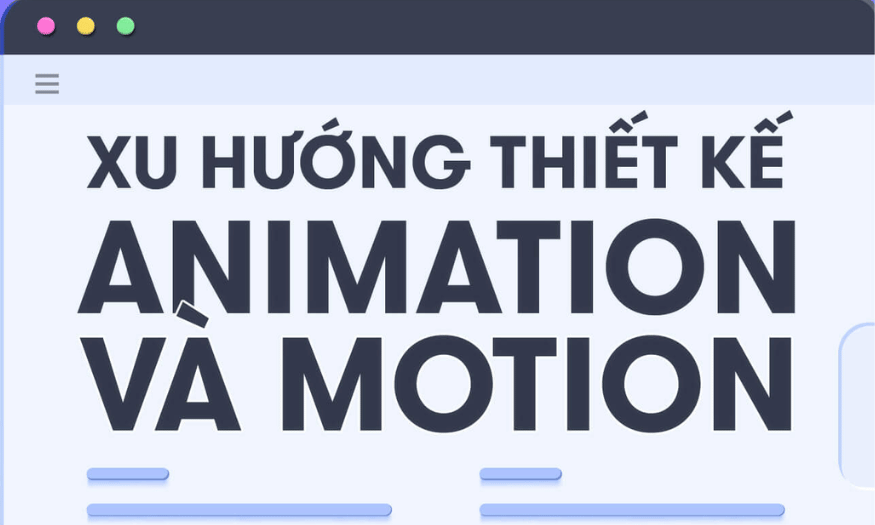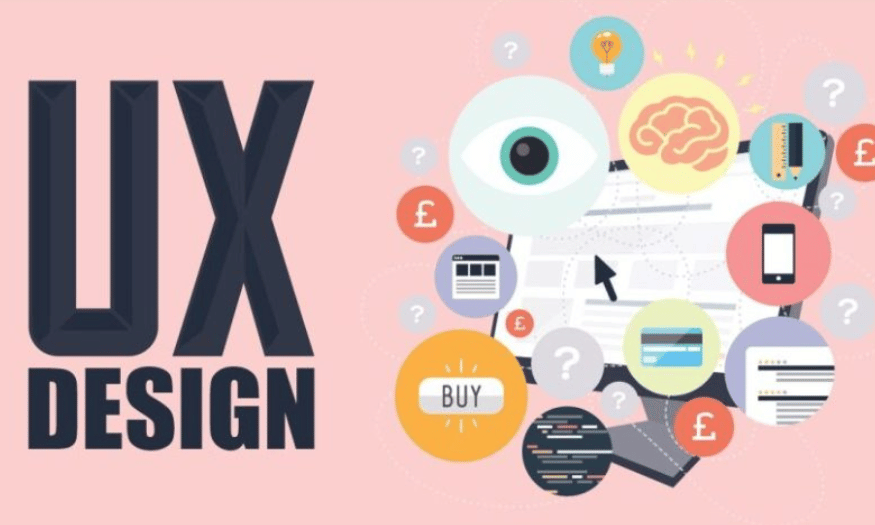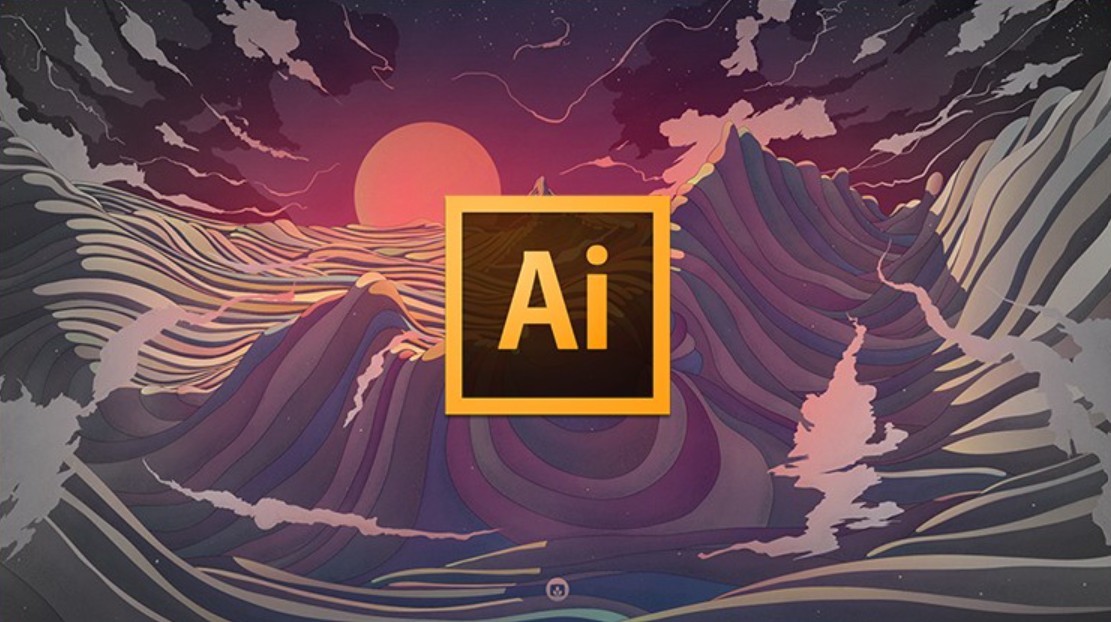Best Selling Products
What Are The Animation And Motion Design Trends In 2025?
Nội dung
- 1. Mixing 2D and 3D
- 2. Morphing
- 3. Thin lines
- 4. Limit colors
- 5. VR Animation
- 6. Kinetic Typography
- 7. Logo Animation
- 8. Grain
- 9. Micro-animations
- 10. 3D Animation and Augmented Reality (AR)
- 11. Storytelling through Motion
- 12. Interactive Design
- 13. Expressing emotions through Animation
- 14. Conclusion
Animation is not just a moving image, it is also a powerful tool to convey messages, create impressions and connect with audiences. From product introduction videos to online advertisements, animation helps highlight messages in a more vivid and attractive way. Motion design, with the ability to combine art and technology, not only creates eye-catching images but also brings a smoother user experience. Recent design trends show strong growth in this field, with diverse styles from minimalist to complex, from 2D to 3D. In this article, let's explore the trends of Animation and Motion in 2025 with Sadesign.

Animation is not just a moving image, it is also a powerful tool to convey messages, create impressions and connect with audiences. From product introduction videos to online advertisements, animation helps highlight messages in a more vivid and attractive way. Motion design, with the ability to combine art and technology, not only creates eye-catching images but also brings a smoother user experience. Recent design trends show strong growth in this field, with diverse styles from minimalist to complex, from 2D to 3D. In this article, let's explore the trends of Animation and Motion in 2025 with Sadesign .
1. Mixing 2D and 3D
Animation is currently witnessing an interesting crossover between 2D and 3D images. This trend not only brings freshness but also creates creative works of art. Many designers have found ways to combine these two styles, creating videos that are both engaging and unique. The combination of 2D animation with 3D elements not only makes the image more vivid but also helps the audience connect with the content more deeply.
This technique has been widely applied in many fields, from brand advertising to social media videos. In particular, the use of 2D overlays on 3D scenes helps to create depth and richness in the video, making it more eye-catching. These videos not only attract attention but also keep viewers watching longer, thereby improving the effectiveness of conveying messages. In addition, this combination also opens up new opportunities for designers to create unique content, highlighting their brand among millions of other content.
.png)
2. Morphing
One of the recent trends is the morphing effect, where an image can seamlessly transform from one shape to another. This technique not only enriches the viewer experience but also creates impressive moments in the video. Morphing is often applied to characters, logos and images, creating an interesting and creative movement. This not only helps to highlight the content but also arouses curiosity from the audience.
Morphing is not only visually appealing, it also helps increase user engagement. As objects in a video transform, they create curiosity and encourage viewers to explore further. Especially in web design, this effect helps keep visitors on the page longer, which not only creates a positive experience but also benefits SEO, as Google values sites with long dwell times. This technique also allows designers to create richer stories, where images can say a lot with just a few transformations.
3. Thin lines
Another popular design trend is the use of thin lines. These lines not only define shapes but also create emotions for the viewer. This year, designers are experimenting with ultra-thin lines, creating animations that look like delicate hand-drawn drawings. This trend not only shows creativity but also brings a sense of intimacy and naturalness, making it easier for viewers to connect with the content.
The lineart effect in animated videos has become one of the most adorable trends, helping businesses express their messages in a gentle and artistic way. These thin lines not only create sophistication but also help highlight the main content, thereby effectively attracting the attention of the audience. Designers are exploring the ability of these lines to convey emotions and ideas more clearly, creating videos that are not only beautiful but also artistically profound.
.png)
4. Limit colors
One of the interesting trends today is the use of limited colors in animation design. Instead of exploiting a rich and colorful palette, many designers choose to use only a few primary colors to convey the mood and content of a scene. This is not only a great challenge for design ability but also requires creativity and sophistication in the way of expression. Animations in this style often create a nostalgic, retro feeling, reminiscent of classical works of art.
Despite the limited color palette, designers still need to create attractive and striking animations. The skillful combination of colors and images can create a powerful effect, making the message more clearly felt by viewers. This trend not only challenges creative thinking but also encourages designers to look for new ways to express ideas and emotions without relying on bright colors.
5. VR Animation
Virtual Reality (VR) is becoming one of the fastest growing trends in the animation industry. In recent years, VR has become not only a form of entertainment but also a powerful tool for creating unique interactive experiences. Starting from video games, VR has expanded to many different fields, including education, medicine and art, bringing users completely new experiences.
Many animators are now investing in VR technology, using devices like Oculus and Hololens to create immersive 3D models. Instead of simply creating images on a screen, they need to carefully study the space and how users interact in the virtual environment. This not only helps improve the quality of content but also creates deeper and more memorable experiences for viewers. The development of VR in animation promises to open new doors for creators, allowing them to explore limitless possibilities in storytelling and conveying messages.
.png)
6. Kinetic Typography
Kinetic typography, or moving type, is becoming a hot trend in animation design. Instead of simply using static type, designers are looking to combine type with movement to create impressive visual effects. Kinetic typography not only makes content more dynamic but also helps to convey emotions and messages more powerfully.
While experimenting with fonts and typefaces can be challenging for users to read, it also opens up the opportunity for limitless creativity. Letters can stretch, twist, and distort, creating unique and engaging visuals. E-commerce websites and mobile apps are adopting kinetic typography combined with motion to capture consumers’ attention and create a deeper brand impression. This trend not only enhances the efficiency of messaging but also creates a strong emotional connection with the audience.
7. Logo Animation
In the fierce competition between brands, making a good impression and capturing the hearts of customers is extremely important. Therefore, many businesses have started integrating animation into their branding materials, and animated logos have become one of the most prominent design trends. Static logos often feel monotonous, but when brought to life with animation, they become much more attractive and dynamic.
For example, animated logos are more than just moving images; they tell stories and express a brand’s personality in a profound way. Animated logos help brands stand out in the minds of consumers, creating a strong and lasting impression. Designers today are using a variety of techniques, from smooth motion to unique effects, to bring a brand’s logo to life. This not only makes the logo more memorable but also helps to strengthen brand recognition in a competitive market.
.png)
8. Grain
Another emerging design trend is the use of grain effects to create a more realistic look to images. Grain not only adds depth to images, but also helps create a more intimate and natural atmosphere. Designers are using this effect to bring vector images and illustrations to life, helping viewers feel the texture and texture of objects in videos.
Animation videos with grain effects often stand out from the rest because of the texture and depth they provide. The presence of grain creates a layer of intimacy, as if the viewer is watching a real work of art. This not only grabs the attention of the audience but also creates a strong impression of the brand. When brands apply grain effects to their promotional videos or social media content, they are not only providing eye-catching visuals but also creating a deep emotional experience for the audience.
9. Micro-animations
Micro-animations are small, subtle animations that are often used to enhance the user experience in apps and websites. These movements can be as simple as a small icon that dances when the user hovers over it or an engaging feedback effect when a button is pressed. Despite their small size, micro-animations have the ability to enhance engagement and add a sense of life to a user interface, making the user feel like they are participating in an enjoyable experience.
Micro-animations also help guide users through the steps of a process, making things more intuitive and understandable. They can create invisible cues that help users recognize the actions they have taken. This not only enhances the user experience, but also helps reduce confusion, thereby increasing the usability and accessibility of the product. When used properly, micro-animations are not only aesthetically pleasing, but can also make a big difference for a brand.
.png)
10. 3D Animation and Augmented Reality (AR)
Combining 3D animation and augmented reality (AR) is becoming a strong trend in design today. Augmented reality not only allows users to interact with 3D objects in real space but also creates interesting and unique experiences. Designers are exploring the opportunity to integrate 3D animation into AR applications, from creating product images that can be viewed from any angle to building engaging interactive experiences.
This trend not only brings value to brands but also creates memorable experiences for users. Consumers can now see products in real space, thereby helping them make more accurate purchasing decisions. Especially in the context of the growing online market, the use of AR in marketing and advertising is becoming an important factor, helping brands stand out from the crowd and create deep connections with customers.
11. Storytelling through Motion
Using motion to tell stories has become a major trend in animation. Designers are finding ways to use motion not only to attract attention but also to effectively convey a story. Animated videos with storytelling techniques help audiences connect more emotionally with the content, creating a lasting impression.
When applying storytelling through motion, designers can use multiple elements such as images, sounds, and movements to build a deep and vivid story. This not only enhances engagement but also makes the message more memorable in the viewer’s mind. Combining animation and sound creates a comprehensive experience, making the viewer feel like they are on a journey rather than just an observer.
.png)
12. Interactive Design
Interactivity design is becoming an important part of animation and motion design. Animations are not just for viewing, but for interacting with, creating an experience where the audience can participate in the story or control elements in the video. Designers are looking to create unique interactive experiences where the audience can participate and feel like they have a role in the content.
Interactive design not only creates excitement, but also helps the audience feel in control and involved in the process. This makes the content more engaging and creates a strong emotional connection between the brand and the consumer. When users can interact with elements in the video, they feel more connected to the brand, creating a more memorable and immersive experience.
13. Expressing emotions through Animation
Finally, expressing emotions through animation is becoming an increasingly popular trend. Designers are using movement and imagery to powerfully convey emotions, from joy to sadness, from excitement to relaxation. These animations are not only entertaining, but also help audiences connect more deeply with the content.
Expressing emotions through animation not only helps to convey messages clearly but also creates memorable experiences for viewers. Brands can use this trend to tell their stories vividly and deeply, thereby connecting with consumers more effectively. When audiences feel emotions from animated images, they will easily connect and share content with people around them, creating a spread in the community.
.png)
14. Conclusion
Animation and motion design are opening up exciting new opportunities for designers. The combination of modern technology and artistic creativity will continue to shape the way we communicate and interact with our audiences. Trends such as mixing 2D and 3D, morphing, and the use of thin lines not only enrich content but also create memorable experiences for viewers.












































